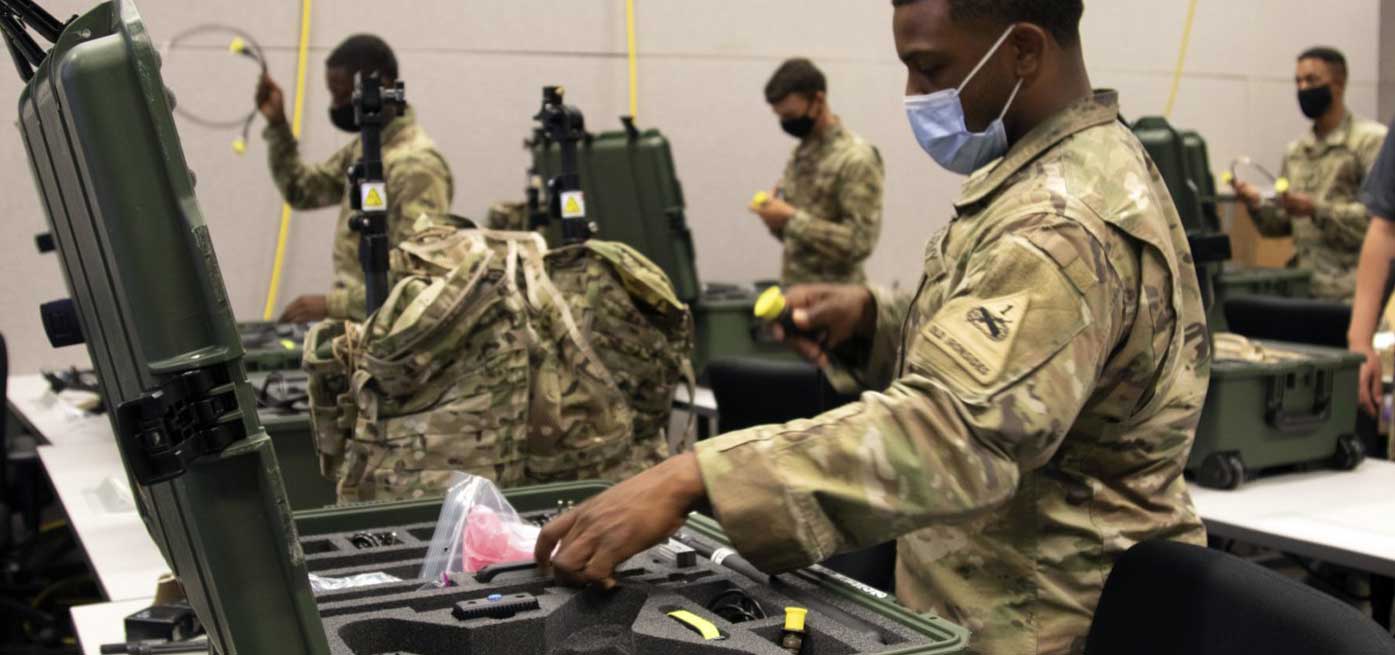
How to Build a GPS Jammer at Your Home
Here’s a step by step guide on how to build your own GPS jammer. Below are the main steps we are going to introduce in

As one of the leading supplier of signal jammers, we’re no strangers to the curiosity that surrounds these disruptive devices. We often receive questions from people asking about whether there are methods to detect those who are using signal jammers. It’s a great question indeed, so we’ve decided to delve into the matter in detail. So, if you’ve ever wondered if there’s a way to unveil the hidden users of signal jammers, you’re in for a treat. In this article, we will provide you with insights into the world of signal jammer detection. The answer, in short, is yes – there are indeed ingenious devices designed to pinpoint the source of jamming signals. Let’s dive in more on this.
Imagine having a magical device that allows you to see invisible signals in the air. Well, that’s a spectrum analyzer! It’s a high-tech tool that helps you examine the strength and frequency of radio signals in a particular area.
How to Detect Jammers with a Spectrum Analyzer:
Setup: Place the spectrum analyzer in the area where you suspect signal interference.
Scan the Airwaves: Configure the analyzer to scan a range of frequencies.
Analyze the Data: Keep an eye on the analyzer’s display for unusual spikes or patterns in the signal.
Identify the Culprit: Use the strength and frequency information to narrow down the potential location of the jammer.
Think of a cell phone signal detector as your trusty sidekick in the signal detection adventure. This nifty gadget sniffs out cell phone signals and helps you track down potential interference sources.
How to detect jammers using a cell phone signal detector:
Activate the Detector: Turn on the cell phone signal detector and place it in the area of suspicion.
Track the Strength: Walk around while watching the signal strength display on the detector.
Detect Disruptions: If the signal strength suddenly drops or fluctuates, there might be a jammer nearby.
Pinpoint the Location: Move the detector around to triangulate the jammer’s approximate location based on signal strength changes.
Picture a radio receiver as your ears for signals in the air. It’s a tool that can tune into specific frequencies and listen for wireless signals.
Using a radio receiver to expose jammers:
Frequency Tune-In: Set the radio receiver to the frequency range that might be affected by the jammer.
Fine-Tuning: Adjust the receiver’s sensitivity and frequency range to pick up even weak signals.
Listen Closely: Pay attention to any unusual sounds, like repeating patterns or odd noises.
Investigate Further: If you notice something strange, it could be a sign that a jammer is lurking nearby.
Spotting signal jammers might seem like a challenging task, but with the right tools and techniques, you can become a skilled signal detective. By employing spectrum analyzers, cell phone signal detectors, and radio receivers, you’ll be well-equipped to uncover the presence of these disruptive devices. So, next time you suspect a jammer is at play, remember these methods and embark on your journey to maintain smooth and uninterrupted wireless communication!
Our frequency checker tool will help you check all frequency bands used in all country.

Here’s a step by step guide on how to build your own GPS jammer. Below are the main steps we are going to introduce in

In today’s digital age, our lives are more connected than ever before. We rely on our smartphones for communication, entertainment, and information. However, with this

Signal jammers are devices that deliberately transmit signals on the same frequencies as telecommunications and GPS devices, such as mobile phones, GPS trackers, and even

Cell phone jammers are often used in government agencies and offices to create privacy and the impossibility of leaking important information. They began to be

Military jammers, as you can tell by the name, they are mainly used in military operations to disrupt the enemy’s communication network or radar, block cell

The extensive use of mobile phones has made communication significantly easier, yet often this simplicity goes laterally for a person. For example, cinema site visitors
Faced with the development of the GPS, a device has just appeared in the field of counterintelligence. The GPS jammer: is small and discreet but

Supplying high quality signal jamming devices since 2010. The only jammer store you can trust.
Jammer Master © 2024. Premium Signal Jammer Supplier Since 2010.